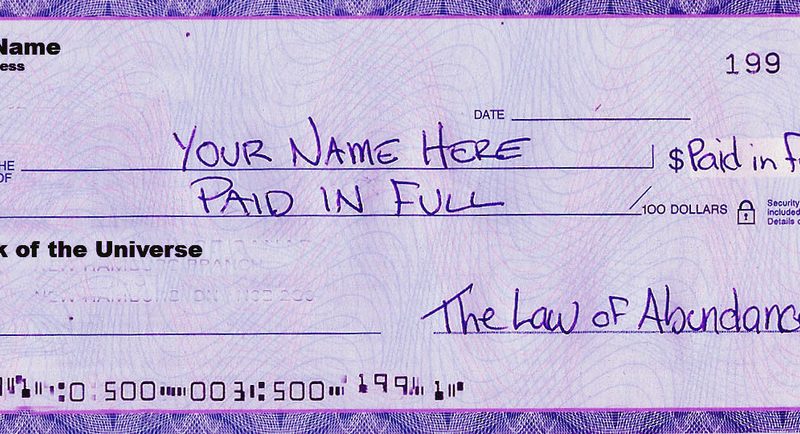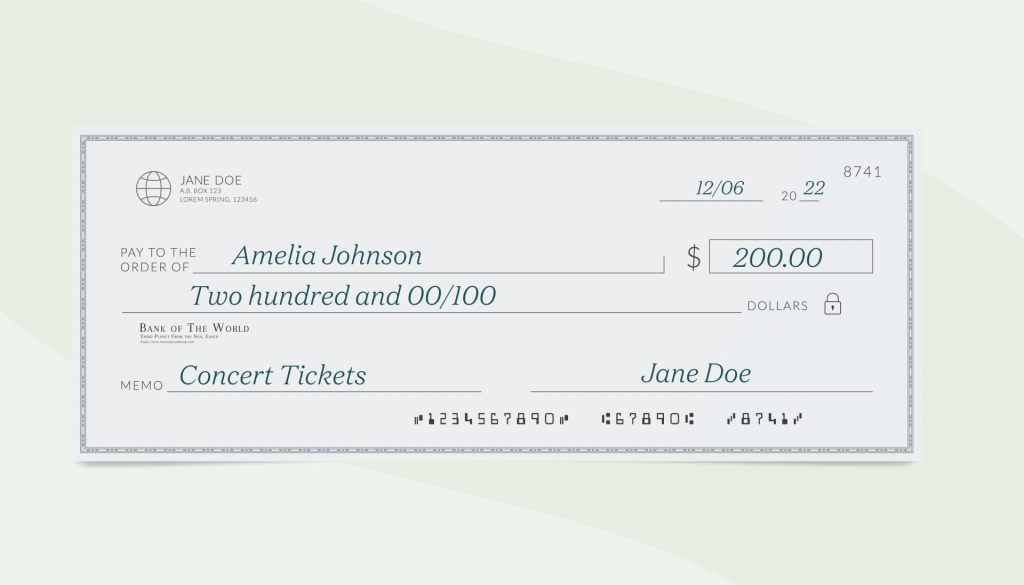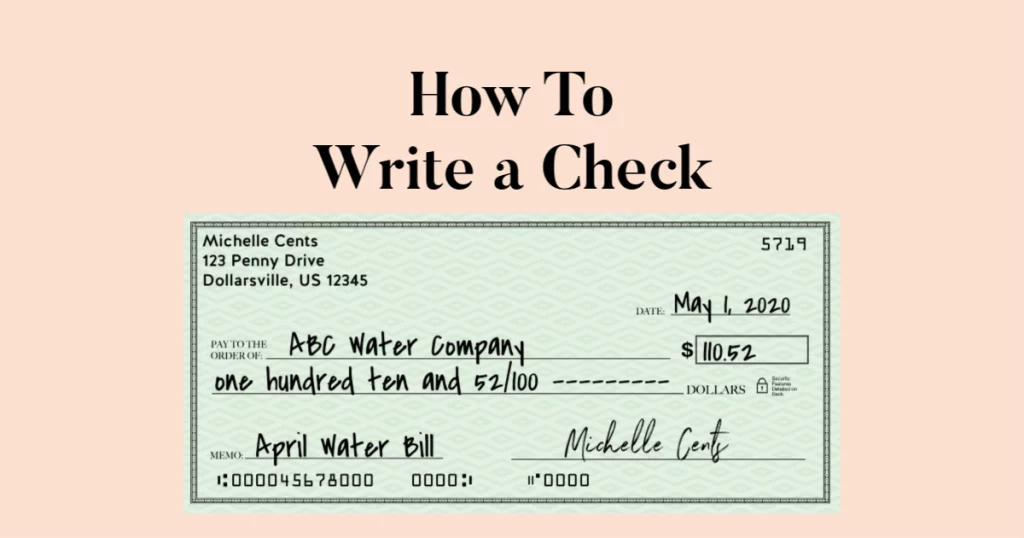Are you tired of making mistakes when writing checks to yourself? Don’t worry, we’ve got you covered!
In this article, we will guide you through the process of correctly writing checks to yourself. It’s important to understand the components of a check, such as the payee line, the amount in numbers and words, and the memo or purpose for the check. By following these steps, you can ensure that your checks are filled out accurately and without any errors.
We will also explain how to sign and date the check properly. So, if you want to avoid any confusion or potential problems when writing checks to yourself, keep reading and learn how to do it correctly.
Understanding the Components of a Check
To fully grasp the components of a check, you should familiarize yourself with the various sections and their respective purposes.
First, there’s the date section, where you write the current date. This is important because it allows you to keep track of when the check was written.
Next, there’s the payee line, where you write the name of the person or company you want to pay. Make sure to spell it correctly to avoid any confusion.
Then, there’s the monetary amount section, where you write the numerical and written amount of the check. It’s crucial to be accurate to prevent any discrepancies.
Finally, there’s the memo line, where you can write a brief description of the purpose of the check. This helps both you and the payee remember the reason for the payment.
Remember to review these components carefully before writing a check to yourself.
Filling Out the Payee Line
When making out a check to yourself, make sure to include your name on the designated line. This is known as the payee line and it is where you write the name of the person or entity you want to pay.
When writing your name, be sure to use your legal name as it appears on your bank account. Avoid using nicknames or abbreviations to ensure that the check can be processed without any issues. Additionally, make sure to write your name clearly and legibly to avoid any confusion.
Remember that the payee line is an important part of the check and it is essential to fill it out accurately to ensure that the funds are directed to the correct recipient, which in this case is yourself.
Writing the Amount in Numbers and Words
Master the art of accurately and effortlessly filling out your checks by confidently expressing the amount in both numerical and written forms.
When it comes to writing the amount on a check, it’s crucial to be precise. Begin by writing the amount in numbers in the box provided, making sure to include cents. Use commas to separate thousands and a decimal point to denote cents. For example, if you’re writing a check for $1,250.50, write ‘1,250.50’ in the box.
Next, write the amount in words on the line below, starting with the dollar amount. Use hyphens between words and ‘and’ between dollars and cents. In this example, you would write ‘one thousand two hundred fifty and 50/100.’
By following these steps, you’ll ensure accurate and professional check-writing every time.
Adding a Memo or Purpose for the Check
Make sure you add a personal touch and convey the purpose of the check by including a heartfelt memo that will leave a lasting impression on the recipient.
Adding a memo or purpose for the check is not only a courteous gesture, but it also provides clarity and helps you keep track of your expenses.
Whether it’s for a birthday gift, repayment of a loan, or any other reason, a memo allows you to communicate the intention behind the check.
Keep it concise and meaningful, using words that reflect your sentiments and the significance of the transaction.
This small detail can make a big difference in ensuring that your check is not only correctly written but also memorable and appreciated by the recipient.
Signing and Dating the Check
Signing and dating the check is a simple but essential step that adds a personal touch and ensures the authenticity of the transaction.
When writing a check to yourself, it is crucial to complete this step accurately. Start by signing your full name on the designated line. Make sure your signature matches the one on file with your bank. This ensures that the check can’t be easily forged.
Next, date the check with the current date. Be careful to use the correct format, usually month/day/year. This helps keep track of when the transaction took place. Remember, the date is important for both you and the bank to reference in the future.
Taking a few extra seconds to sign and date the check correctly can save you from potential problems down the line.
Conclusion
In conclusion, writing a check to yourself may seem like a simple task, but it’s important to follow the correct steps to ensure accuracy.
By understanding the different components of a check and properly filling out the payee line, amount, memo, and signature, you can avoid any potential errors or confusion.
Remember to double-check all the information before submitting the check, as accuracy is key.
With these guidelines in mind, you can confidently write checks to yourself whenever necessary.



